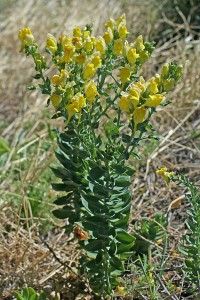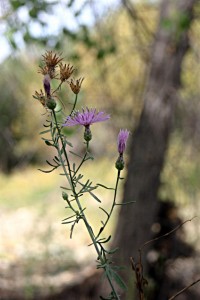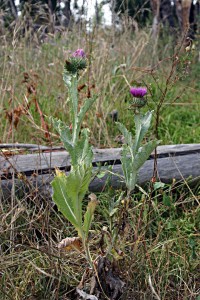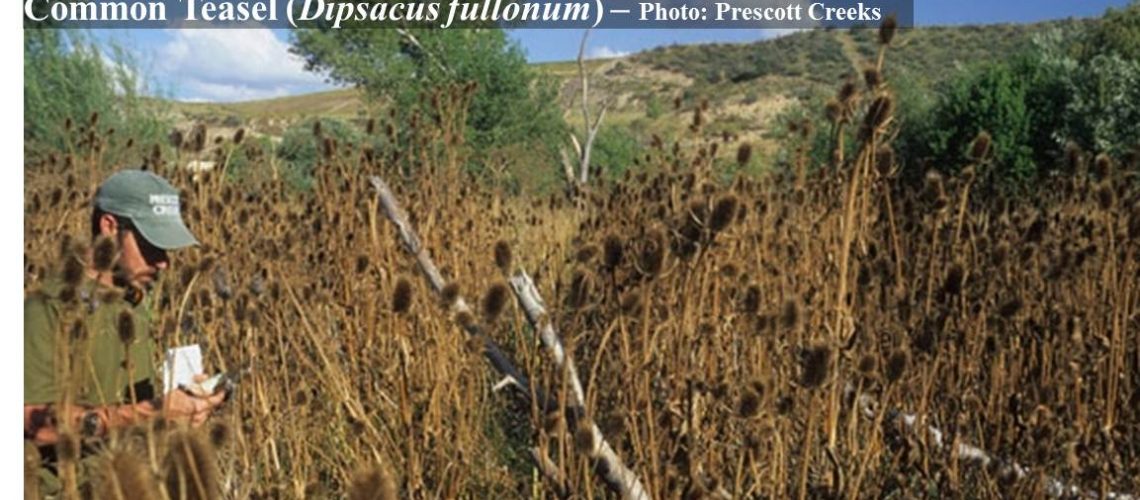Spring is here, migrating birds are back, butterflies are out and about, flowers are in bloom, a lot is going on. To most this is an exciting time to be outside and explore our natural gems. For Prescott Creeks staff and volunteers it is also time to roll up our sleeves and engage in management of invasive plants around The Upper Granite Creek Watershed.
Invasive and noxious plants are a major threat across the state of Arizona. They recognize no borders and occur across all land ownerships. Invasive and noxious plants change, disrupt, and degrade natural systems and their associated biological processes. Local examples include:
- change of the natural fire regime
- physical & chemical alternation of ecosystems
- out-compete native vegetation and crops
- destroy the natural beauty of the Arizona landscape
Invasive plants have become established in riparian forest areas of Granite Creek and its tributaries, from the headwaters in Prescott National Forest downstream to the myriad of private, tribal ,and municipal owned properties. Noxious weeds including state priority species such as Scotch thistle, Spotted knapweed, and Dalmatian toadflax have found a convenient mode of dispersal in our streams where they establish in riparian areas and expand outward to upland forest.




To address the widespread infestation, Prescott Creeks coordinates a comprehensive approach with private landowners and regional partners to control invasive weeds in our forested riparian areas. The noxious weeds of AZ require diligent control efforts for years to exhaust the invasive seed bank and restore native vegetation. To support and fund such a long term (at times never ending) efforts Prescott Creeks and their partners rely on diverse network of support such as:
- Government agencies (federal and state) provide resources and guidelines. Currently The AZ State Forestry Department is funding a Watershed Invasive Weed Control Project, led by Prescott Creeks. For more information about this grant program CLICK HERE
- Local community entities include the businesses, other non profits organizations, and most important are the public. The most effective management of invasive plants is in the hands of the people who help prevent, control, and eradicate invasive in their communities.
There are three main ways Prescott Creeks plans to ensure our management efforts will remain effective for years to come:
- Monitoring
- Control and eradication on priority sites throughout the watershed
- Education
If you find this topic and work interesting and would like to take action and support our work you are more then welcome to either DONATE and/or VOLUNTEER with us.

